
Privacy statement: Your privacy is very important to Us. Our company promises not to disclose your personal information to any external company with out your explicit permission.
CNC machining refers to the automated control of machining tools by a computer. It allows manufacturers to precisely cut, shape, and mold materials like metal, plastic, and wood with incredible accuracy and repeatability. CNC machines use pre-programmed software to dictate the movement of tools like drills, lathes, mills, and routers. This method revolutionized manufacturing because it enables high-volume production of consistent, intricate parts.
Automation: Machines are controlled by software, minimizing human error.
Precision: CNC allows for incredibly detailed work with tolerances as tight as a few microns.
Repeatability: The ability to reproduce the same part over and over with consistent quality.
Speed: Automated processes tend to be faster than manual ones, especially for complex geometries.
Traditional machining relies on manual operation. It involves tools like lathes, mills, grinders, and drills being manually operated by skilled machinists. These professionals use their knowledge and experience to shape materials through physical manipulation. While traditional machining is labor-intensive, it is still widely used, especially in low-volume, custom projects or where high-touch craftsmanship is required.
Hands-on Operation: Skilled machinists manually control the tools.
Flexibility: The process allows for adjustments on the fly, especially useful for custom work.
Craftsmanship: Many industries value traditional machining for the human touch it brings to the final product.
Limited Automation: Traditional methods lack the automation that CNC provides, making them slower for high-volume production.
CNC machining is known for its unmatched precision. The use of pre-programmed software allows for extremely accurate cuts, often within tolerances of 0.001 inches or better. This level of precision is difficult to achieve with traditional machining, which relies on human control. Manual machining can still be precise, but it’s subject to human error and requires the operator to have significant expertise.
In traditional machining, a machinist's skill level plays a crucial role in achieving accuracy. Even a slight miscalculation in manual machining can lead to errors, while CNC machines consistently produce identical parts with little deviation.
When it comes to speed, CNC machining has a clear advantage. Since the machine is automated, it can run continuously, requiring minimal supervision. This makes it highly efficient, especially for large-scale production. CNC machines also reduce the need for rework or adjustments since they operate based on exact programming.
On the other hand, traditional machining is slower. Machinists need to set up and adjust tools manually for each step of the process. This takes time, and each part may need individual attention, especially for complex components. Traditional machining is more time-consuming and labor-intensive, making it less efficient for large-scale production.
CNC machining shines when dealing with complex geometries. Because CNC tools can move in multiple axes (up to five or more), they can create intricate shapes and designs that would be nearly impossible to achieve manually. The software also allows for 3D modeling and simulation, meaning manufacturers can design and test parts virtually before production begins.
Traditional machining is generally more limited in this regard. Complex shapes may require multiple steps and machine setups, and there’s a higher chance for human error. While skilled machinists can still produce complicated parts, the process is often slower and requires more trial and error.
Upfront costs for CNC machining can be higher due to the expense of purchasing and maintaining the machines. However, the cost per unit often decreases with higher production volumes because of the automation involved. For mass production, CNC machining is generally more cost-effective due to its speed and efficiency.
In contrast, traditional machining may have lower startup costs, especially for small projects. It is typically more cost-effective for low-volume or highly customized work where the time and cost of programming a CNC machine wouldn’t be justified. However, for large production runs, traditional machining is usually more expensive because of the labor involved.
Both CNC and traditional machining can handle a wide variety of materials, including metals, plastics, and wood. However, CNC machines can work more efficiently with harder materials that require high precision, such as titanium and aerospace-grade alloys. Traditional machining can struggle with these materials because manual tools may not apply consistent pressure or speed, which can lead to errors or defects.
Additionally, CNC machines are often preferred for materials that require complex cutting paths, as the automated process allows for detailed designs without excessive material waste.
CNC machining requires operators who are skilled in programming and running computer-controlled machinery. While these operators need technical knowledge, they don't necessarily need the hands-on expertise of traditional machinists. As CNC machines continue to evolve, they are becoming easier to operate, with user-friendly interfaces that allow for quick setup and adjustments.
Traditional machining, on the other hand, relies heavily on the skill and experience of the machinist. This hands-on knowledge is essential for ensuring that each cut and adjustment is done correctly. Finding experienced traditional machinists can be a challenge, especially as CNC technology becomes more prevalent in the manufacturing world.
If you’re looking for scalability, CNC machining is the clear winner. Once the machine is programmed, it can produce thousands of identical parts with little variation. This makes it ideal for mass production runs, where consistency and speed are key. Because the machine can operate with minimal oversight, manufacturers can produce large volumes of parts without needing to increase labor costs.
Traditional machining is more suited for smaller production runs or one-off pieces. Each part may require manual adjustments, which means scalability is limited. The time and labor involved in traditional machining make it less practical for high-volume production.
Now that we’ve looked at the differences between CNC and traditional machining, let’s talk about why it matters for your business. The choice between the two methods depends largely on your production needs, budget, and the complexity of the parts you’re producing.
For High Precision and Large Volumes: CNC machining is the best choice if your business requires high precision, consistent quality, and the ability to scale production. Whether you're producing aerospace parts or consumer electronics, CNC machines offer the efficiency and accuracy needed to meet tight tolerances and fast timelines.
For Custom, Low-Volume Work: Traditional machining still has its place, especially in industries that prioritize craftsmanship or require highly customized parts. If your production runs are small and each part requires individual attention, traditional machining may offer more flexibility and a lower upfront cost.
Cost Efficiency: If you’re focused on reducing labor costs and increasing efficiency in high-volume production, CNC machining provides significant advantages. On the other hand, traditional machining may be more affordable for smaller projects where the time and expense of programming CNC machines can’t be justified.
&nbs
Email to this supplier

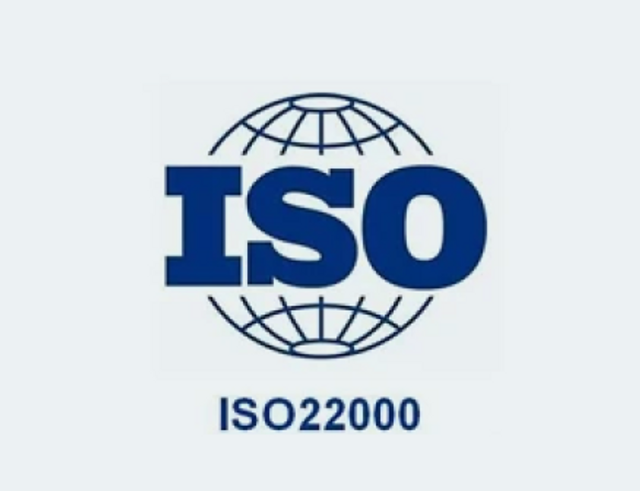
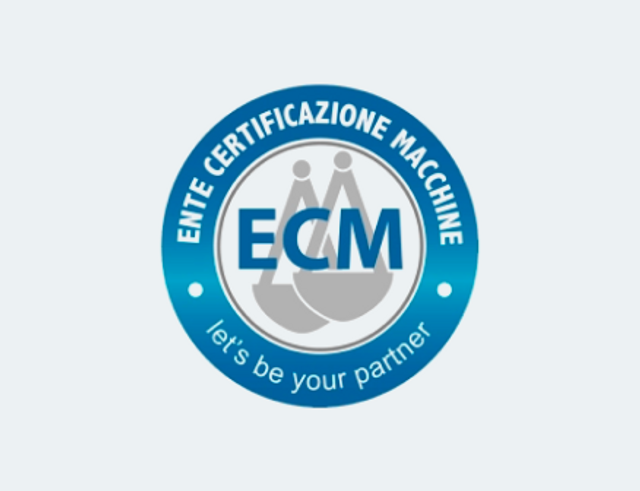

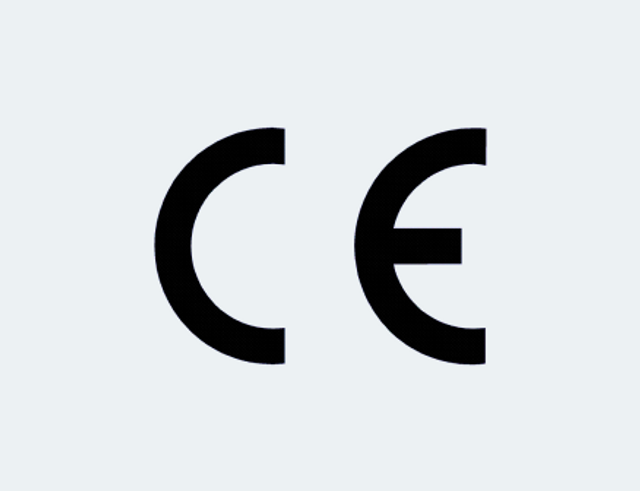

Explore our Extensive Range of Precision Metalworking Machine Tools. Discover the Power of Precision and Innovation in Metal and Material Processing with Weiss
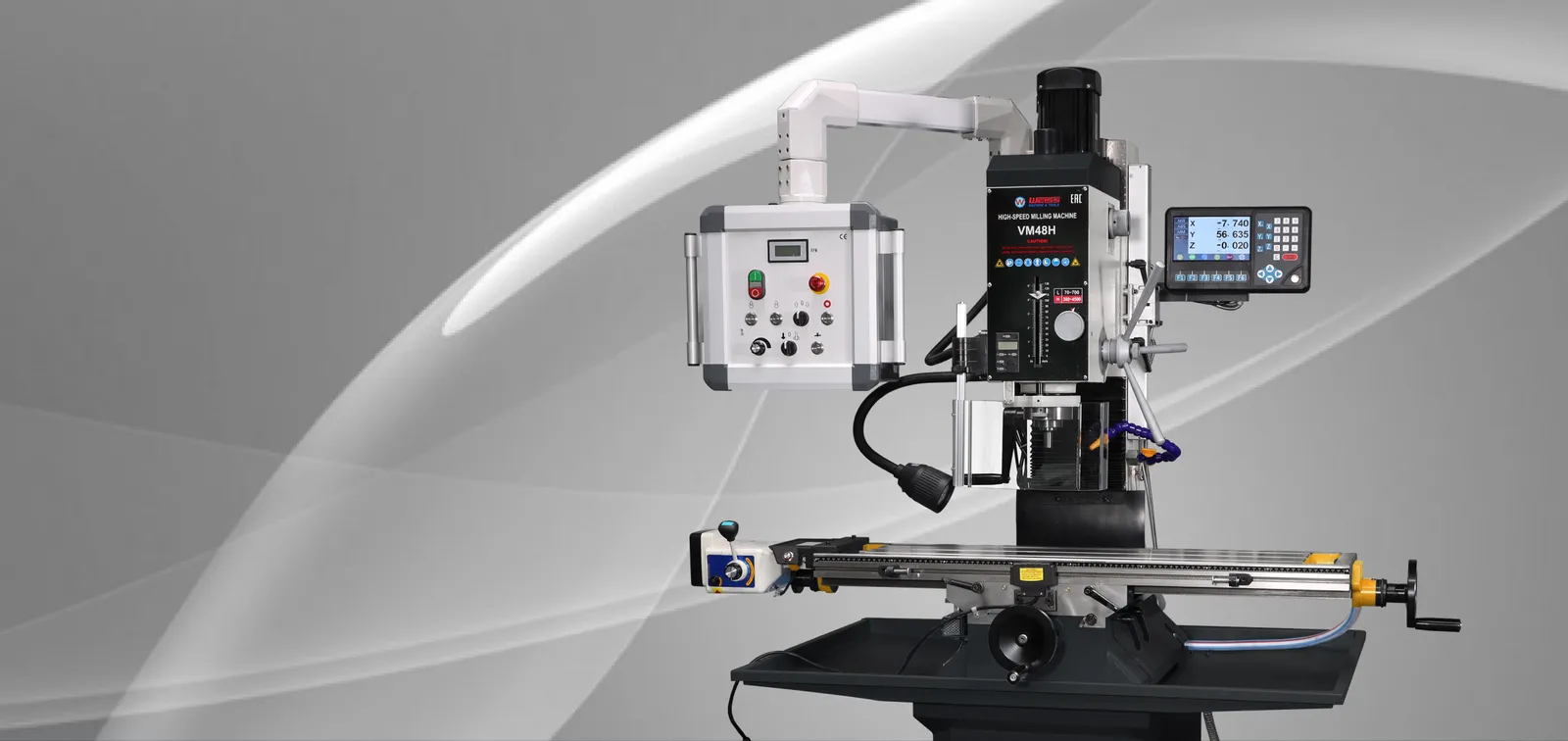
Heavy, stable and solid column,
made of high-quality gray cast iron, with ground and scraped dovetail guide,
for high stability and precision
View More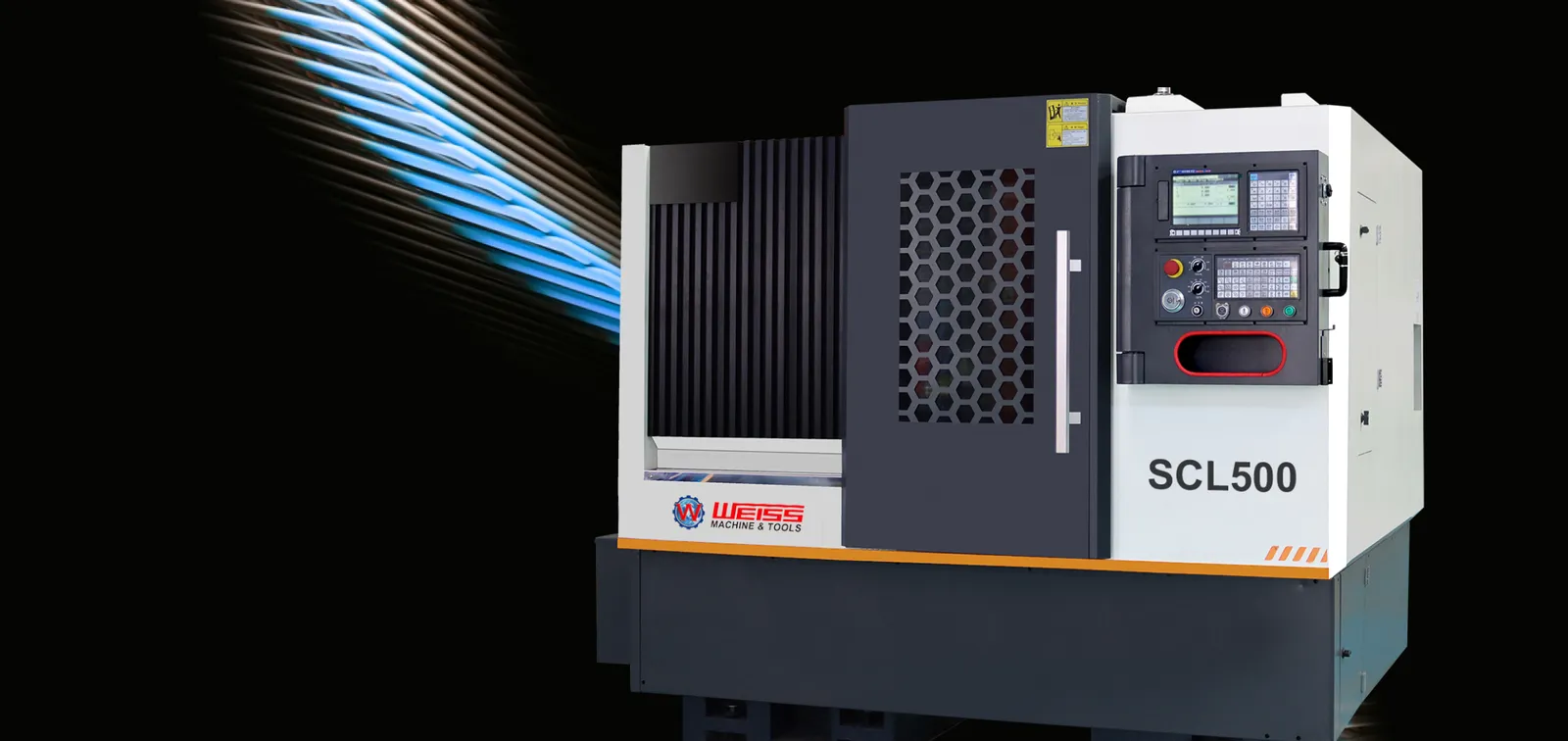
Slant bed and linear guide way CNC lathe.
High speed, High precision, High reliability
View More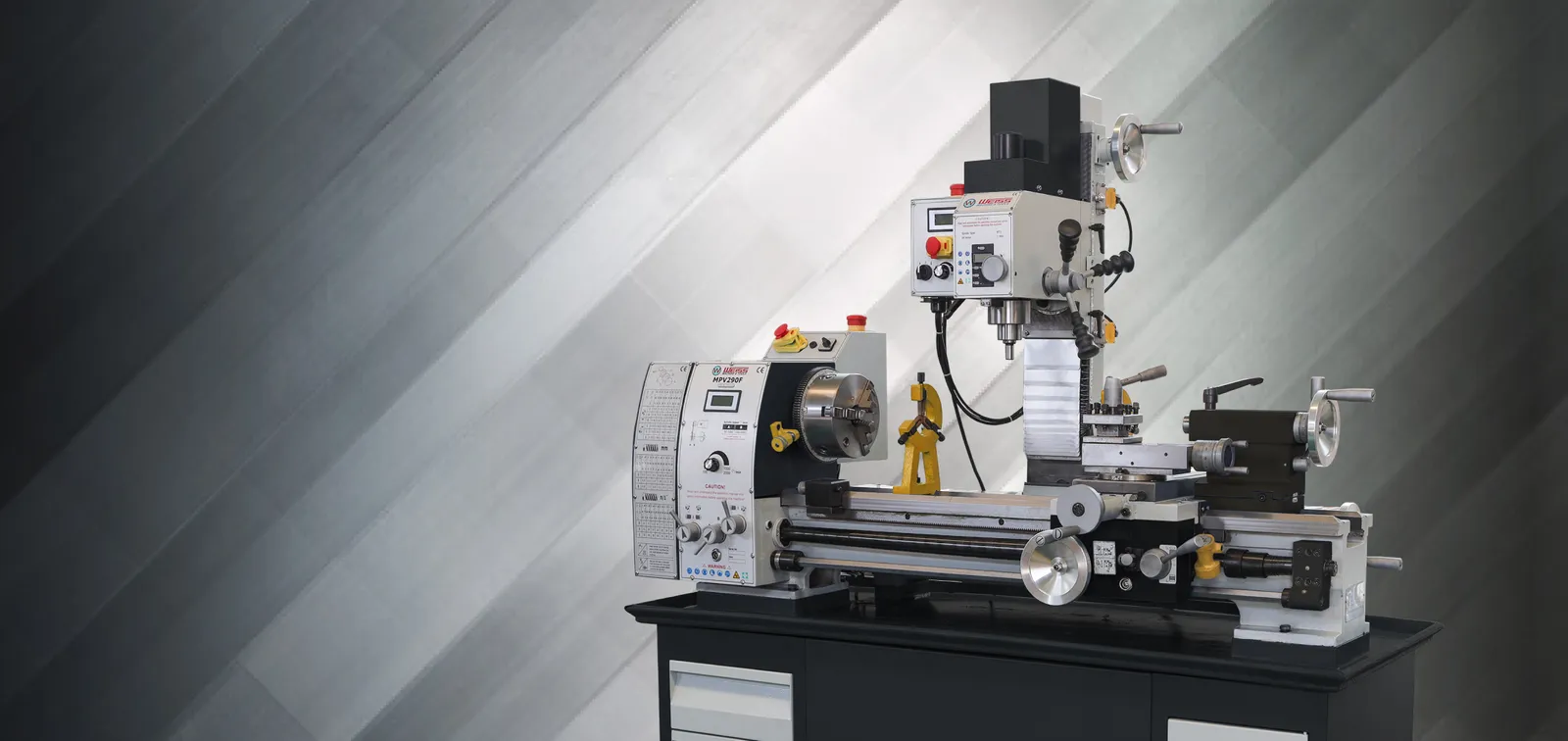
Prouduct quality and reliability Competitive pricing
Product innovatio and cariety
View MoreWEISS MACHINERY CO., LTD. to be your trusted partner for metalworking machine tools. We have a wide range of milling machines , tapping machines, and accessories that meet the highest standards of quality, performance, and reliability. Our machines have brushless motors that ensure low maintenance and high efficiency. We also offer online sales, international delivery, secure payment, professional advice, and 20 years of experience. Weiss, make it easy!
View MoreCompany Establishment
Countries&Regions with Product Sales
Factory Area
Product Varieties

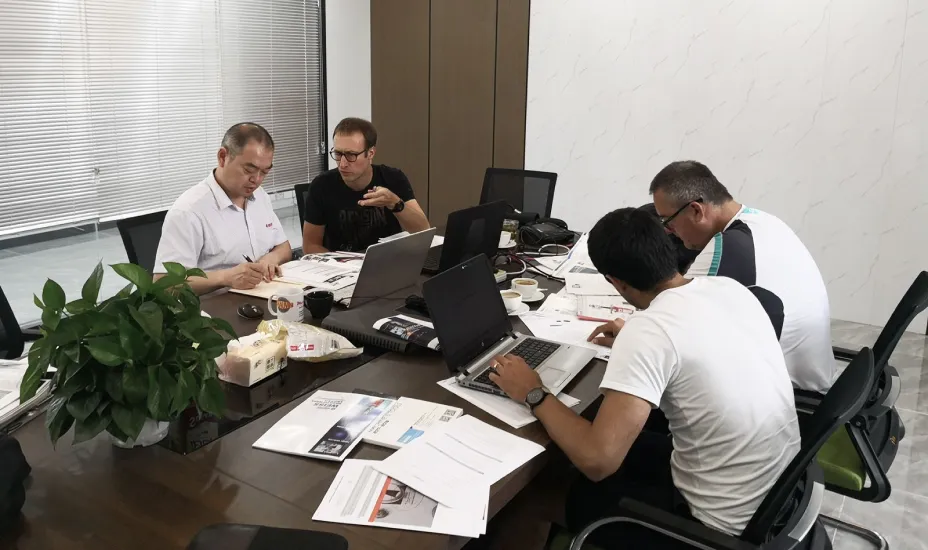
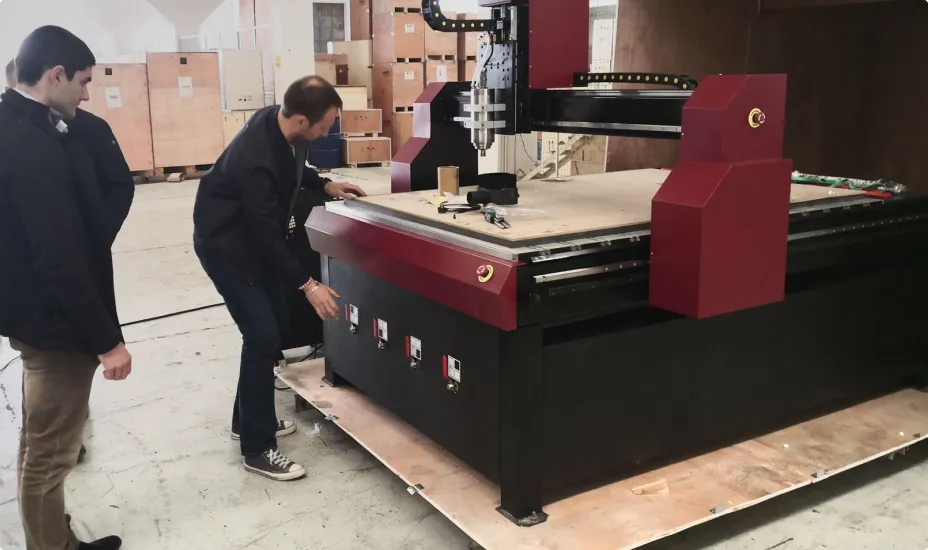
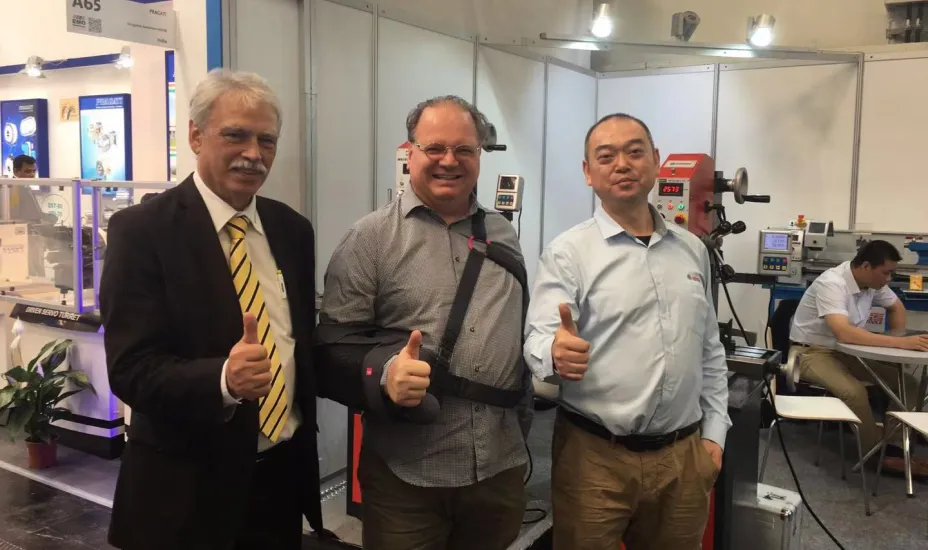
We have been extremely impressed with the quality and performance of the electronic milling machine we purchased from your company. It has greatly enhanced our production capabilities and consistently delivers exceptional results.
MA***N
Your Trusted Partner for Comprehensive Machine Tool Solutions.

Privacy statement: Your privacy is very important to Us. Our company promises not to disclose your personal information to any external company with out your explicit permission.

Fill in more information so that we can get in touch with you faster
Privacy statement: Your privacy is very important to Us. Our company promises not to disclose your personal information to any external company with out your explicit permission.